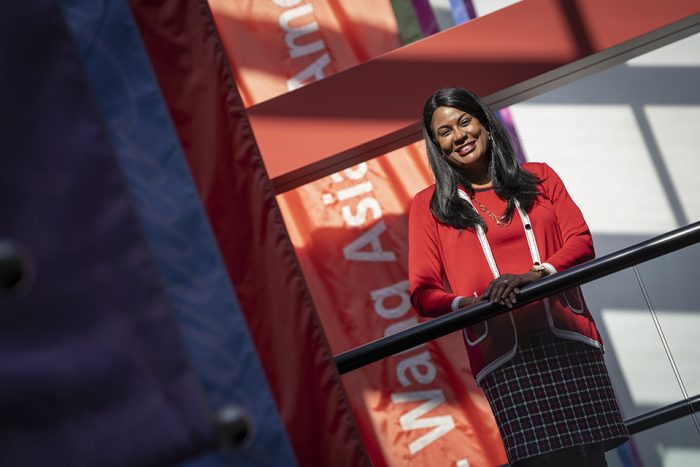As the clubhouse facility at Port Jefferson Country Club dangles precariously upon the edge of the East Beach bluff, coastal engineers are discussing a proper course of action.
Coastal erosion has encroached dangerously near the clubhouse facility which, without intervention, could fall off the cliff within years. The Village of Port Jefferson Board of Trustees is working to curtail the issue in a two-phased effort. Construction of a toe wall at the bottom of the slope began in August and is ongoing [See video, below].
Now the village board is considering its upland options, deciding whether to preserve the clubhouse or retreat inland. One such option is a steel wall, estimated at $3 million, to be installed between the clubhouse and the bluff. [See story, “Port Jeff mayor estimates $3M for upper wall, trustees debate erosion mitigation strategy at village country club.”]
GEI Consultants is a Huntington Station-based consultancy firm that produced the engineering drawings for the upper wall. In a detailed email statement, Rachel Sa, GEI’s director of communications, summarized the plans for the project.
“The proposed wall at the top of the bluff will be effective at preventing further erosion and providing protection around the country club building,” Sa said. “The proposed wall consists of a new anchored steel sheet pile that is greater than 50 feet in vertical length and has been designed for an exposed height of up to 15 feet. The new steel sheet pile will be reinforced with new drilled soil anchors and a continuous wale system.” She added, “The proposed wall at the top of the bluff is, at minimum, designed to wrap around the perimeter of the country club building.”
If approved, the upper wall would be part of an integrated system, designed to work with the lower wall currently under construction at the toe. While critics have cited the limited shelf life of the upper wall, Sa contends the plan represents a long-term solution, even if the bluff erosion continues.
“The proposed Phase I and Phase II stabilization systems have been designed and are being constructed as a long-term solution to the observed erosion of the East Beach bluff,” she said. “If any further erosion does occur, the proposed wall system has the structural and geotechnical capacity to support and protect the country club building.”
But these plans are not without criticism. Ali Farhadzadeh is an assistant professor in the civil engineering department at Stony Brook University’s School of Marine and Atmospheric Sciences. He became familiar with the erosion issue near PJCC about a year ago when he and a team of colleagues met with village officials.

Farhadzadeh said the village is engaged in a two-front effort, with waves striking at the toe as precipitation upland generates substantial surface and internal runoff. While both forms of runoff contribute to the bluff’s erosion, his concerns center on the internal runoff, or water penetrating the soil and exiting through the bluff face.
“My engineering judgment was that [the bluff erosion at East Beach] is most likely because of the runoff water from the parking lot and the tennis court going to the bluff soil,” he said. “Based on what we see, there is a large parking lot on top, which will generate a lot of runoff. There might be some evidence of erosion from the toe, but based on the pictures of the failure, my engineering judgment tells me that this is happening from the top.”
Sa says GEI’s proposed stabilization initiative adequately addresses these runoff concerns.
“The proposed Phase II project (upper wall) also involves a significant landscaping scope,” she said, adding, “This proposed work involves removing most of the tennis courts and replacing them with soil, native grasses, wildflowers and shrubs. This will significantly reduce the amount of impermeable surface, improve site drainage, and therefore help reduce runoff over the top edge of the bluff.”
Farhadzadeh acknowledges that the revegetation work will slow the erosion of the slope. However, the internal runoff penetrating through the bluff face will likely continue, leading to continued loosening of the soil and further failure of the cliff.
“These are going to extensively improve the situation,” the SBU assistant professor said, referring to the proposed plantings. “If you do that implementation, if you take care of the surface erosion, the toe erosion and also the internal erosion, that steel structure could stabilize the soil — basically stopping the soil underneath the structure from moving naturally. But if the failure continues, then the wall itself is going to fail.”
‘The proposed steel sheet pile walls will address potentially detrimental permeability conditions at the locations where they are installed.’
— Rachel Sa
Responding to this argument, Sa believes that the vegetation work will be sufficient to prevent further erosion, citing this approach as standard industry practice.“The proposed steel sheet pile walls will address potentially detrimental permeability conditions at the locations where they are installed,” she said. “It is common practice to use steel sheet pile structures to address these types of conditions — for example, constructing cofferdams to facilitate the dry construction of normally submerged structures/repairs. The remainder of the bluff slope will be protected against permeability conditions with the proposed vegetation and stabilization measures noted above.”
Given how close the clubhouse has come to the bluff’s edge, the village government is working with a sense of urgency. Mayor Margot Garant has stated that if the Board of Trustees favors the upper wall option, she would like to move forward quickly with a vote.
Farhadzadeh prefers a trial-and-error approach over rapid intervention. According to him, it would be wise for the village to install the vegetation and other mitigation measures, evaluate their efficacy in conjunction with the toe wall, and reassess the upper wall plans at a later time.
“From an engineering perspective, it doesn’t make sense to be rushing to the wall and building without making sure the recession [of the bluff] is reduced,” he said. “The wall is not going to stop the recession. The recession is going to be stopped by removing the water from the soil.”
On the other hand, Sa considers the upper wall a necessary measure that would act as a buffer to shield the clubhouse from further erosion. “In the event of areas of further erosion at the top of the bluff, the proposed wall will retain the soils beneath and around the country club building and protect this structure from the potential effects of this erosion,” she said.
‘The fact is you should stay away from the edge of the bluff.’ — Ali Farhadzadeh
In contrast to the upper wall plan, the village board is also contemplating whether to demolish the clubhouse and relocate the facility inland. Farhadzadeh prefers retreating away from the bluff.
“The fact is you should stay away from the edge of the bluff,” he said. “Based on what I’ve seen, it is probably too risky to maintain the existing facility.”
Sa disagrees with this assessment. Citing the village’s internal cost projections, she views the upper wall proposal as a cost-sensitive, viable alternative to managed retreat.
“The village is considering retreat/removal and replacement of the country club building at another inland location,” she said. “Rough initial estimates indicate that this may not be economically feasible. Therefore, GEI’s geotechnical engineers conducted bluff slope stability analyses and developed the double wall system as the best alternative given the site constraints.”
The village board will reconvene for a morning meeting on Monday, Oct. 17, at 9 a.m. Further discussion on the upper wall is anticipated during that meeting.


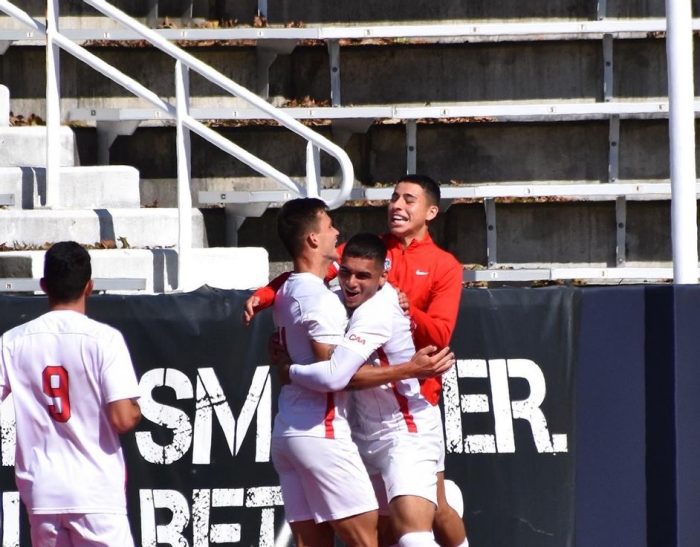
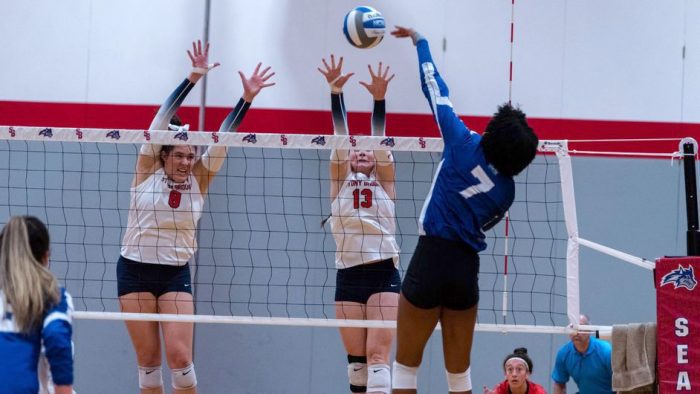
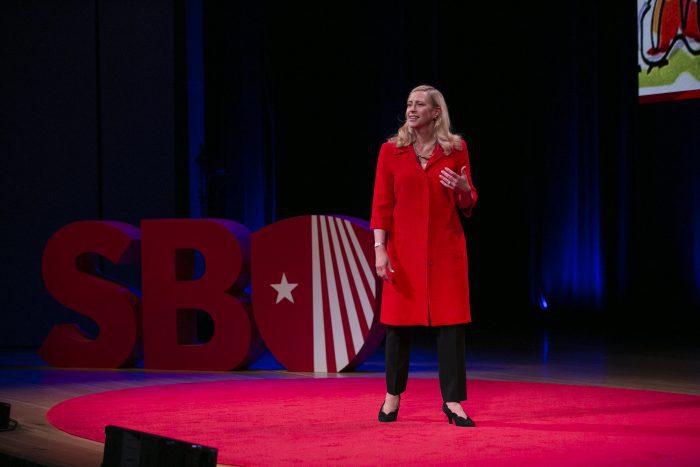


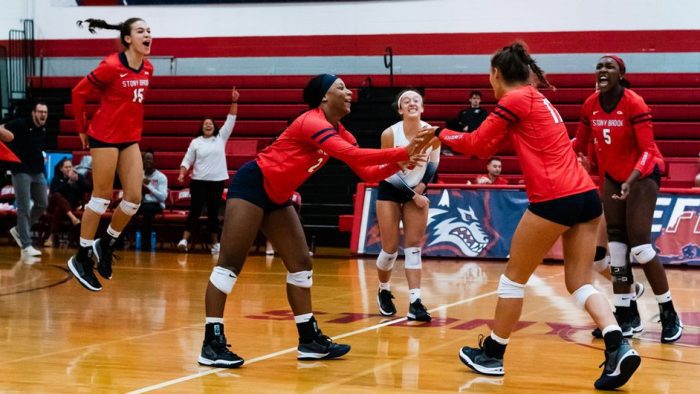
 REVIEWS
REVIEWS